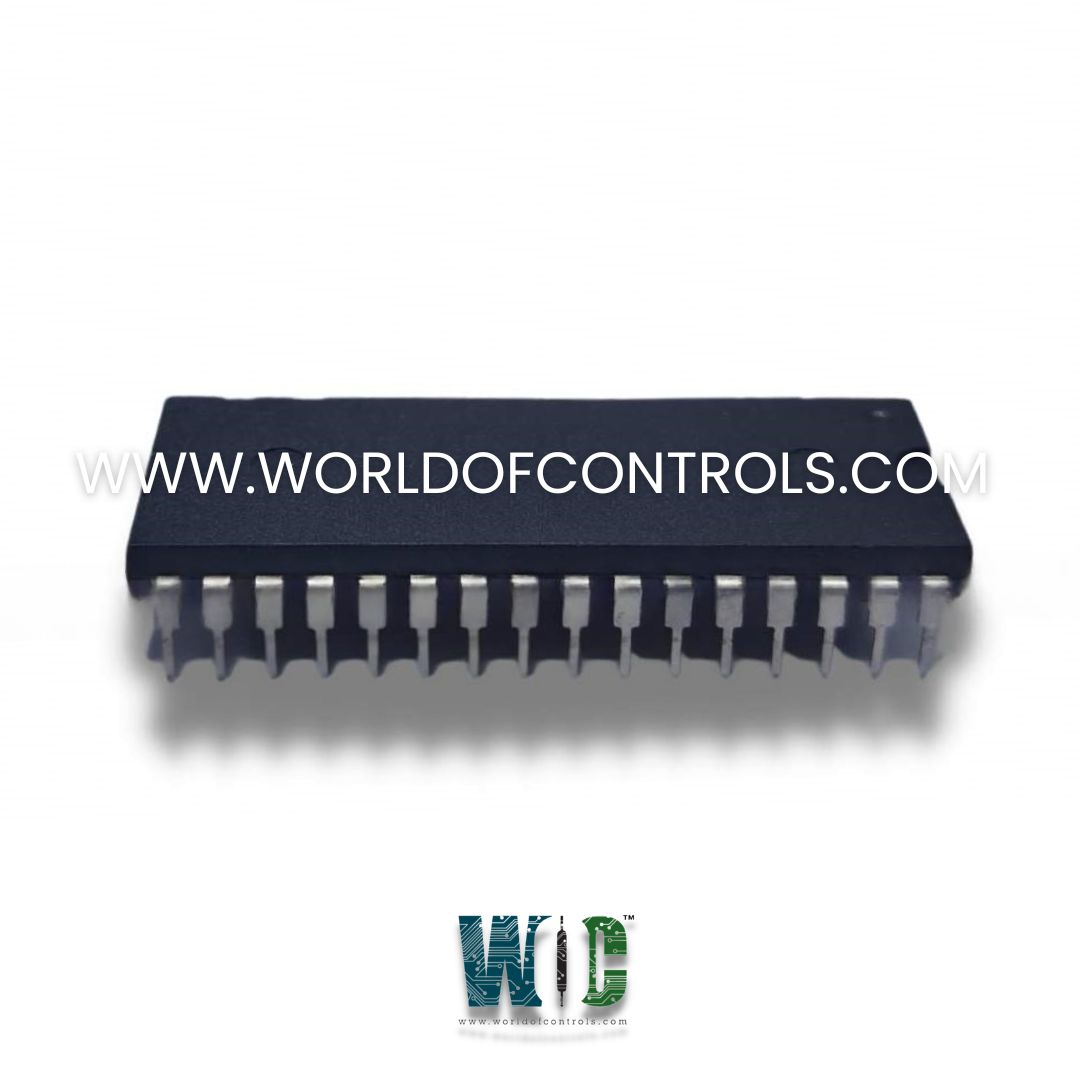
World Of Controls understands the criticality of your requirement and works towards reducing the lead time as much as possible.
DS200TCEAF1BEB - Software PROM Set is available in stock which ships the same day.
DS200TCEAF1BEB - Software PROM Set comes in UNUSED as well as REBUILT condition.
To avail our best deals for DS200TCEAF1BEB - Software PROM Set, contact us and we will get back to you within 24 hours.
Part No.: DS200TCEAF1BEB
Manufacturer: General Electric
Series: Mark V
Product type: Software PROM Set
Availability: In Stock
Country of Manufacture: United States (USA)
DS200TCEAF1BEB is a Software PROM Set developed by GE. It is a part of Mark V control system. EPROM (Erasable Programmable Read-Only Memory) is a type of memory that retains its data even when the power is turned off, and can be erased and reprogrammed for reuse. EPROMs are commonly used for storing programs intended for repeated use, with the ability to be updated to newer versions.
World of Controls has the most comprehensive collection of GE Mark V components. Please contact WOC as soon as possible if you require any extra information.
What is DS200TCEAF1BEB?
It is a Software PROM Set developed by GE.
How does the Mark V system protect critical functions?
The Mark V system protects triple-redundant processors located in the P module (processors X, Y, and Z). These processors independently monitor and protect critical turbine functions, such as overspeed detection. If one processor fails, the others continue to operate, ensuring uninterrupted protection.
What is the role of the C controller in the Mark V system?
The C controller manages non-critical and non-trip I/O and serves as the operator interface for maintenance and monitoring. It allows operators to input commands, monitor system performance, and perform maintenance tasks, such as editing control constants and software, and adjusting I/O assignments.
How are sensors managed in the Mark V TMR system?
The Mark V system uses triple-redundant sensors for all critical control and protection functions. These sensors provide the data necessary for turbine operation and safety. Non-critical functions may utilize dual or single sensors. The use of triple-redundant sensors ensures that sensor failure does not impact system performance or safety.